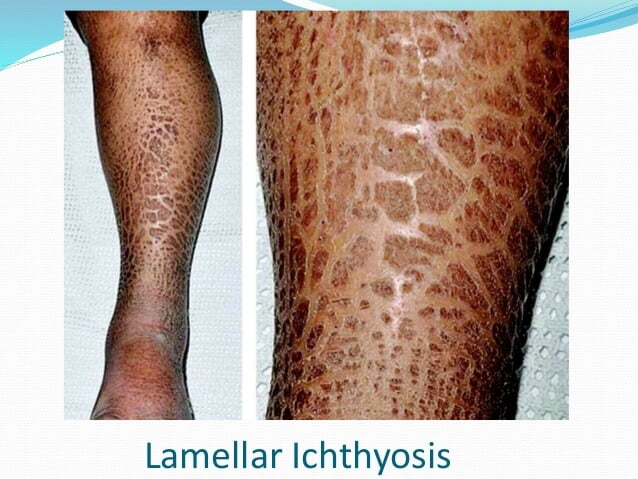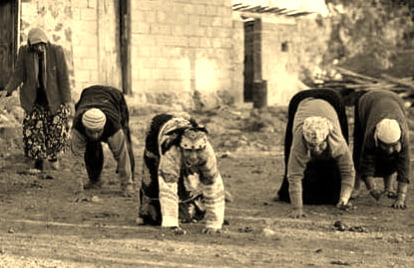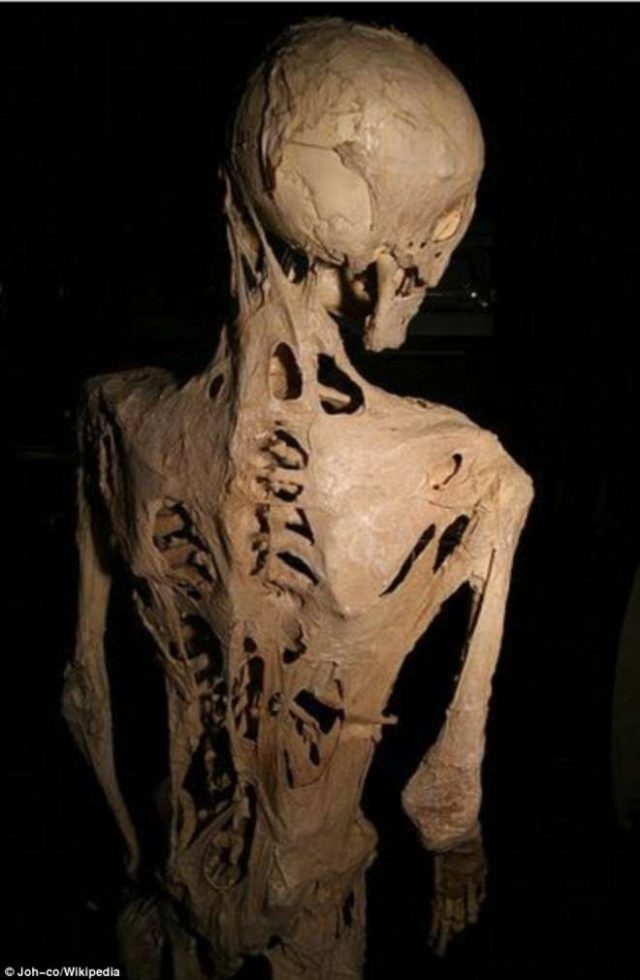I recently came across an article which said the Bangladesh tree man would soon undergo surgery to get his warts removed. He is the 5th man ever to suffer from epidermodysplasia verruciformis, or “tree man,” disease.
This results in branch-like growths on the body, especially on the hands and feet. It is caused by exposure to the human papillomavirus (HPV) for people who are extremely vulnerable to it. Not exactly the best thing to be known for, is it?

Thanks to The Odd Life of Timothy Green for ruining my perception of what branch-like growths on a person’s body should look like.
So, I got researching and came across some of the rarest skin diseases of the world. This is probably the cue for you to stop complaining about your cold and cough.
- Lamellar Ichthyosis
Lamellar ichthyosis is a rare birth defect that causes babies to shed their skins like a reptile. When the babies with this disorder are first born, they are covered in a shiny, smooth skin known as a collodion membrane, which they later shed—leaving behind their actual skin, which is scaly and cracked.
Risk of infection, dehydration, or hypothermia is high in babies with this disorder because of their lack of a protective outer layer and normal sweat glands.
The skin is shed 10–14 days after birth, revealing the main symptom of the disease, extensive scaling of the skin caused by hyperkeratosis. With increasing age, the scaling tends to be concentrated around joints in areas such as the groin, the armpits, the inside of the elbow and the neck.
The scales often tile the skin and may resemble fish scales. Although painless, it can cause the outward turning of the lips and eyelids. In around 10% of cases, the baby sheds this layer of skin and has normal skin for the rest of its life. This is known as self-healing collodion baby.
- Uner Tan Syndrome
Those afflicted with this disease tend to crawl on all fours like an animal, are unaware of time, lack language, have severe mental retardation with no conscious experience, and communicate using guttural sounds or grunts. It usually occurs is a whole family unit, and they seem to adapt unnaturally well to walking on all fours. All four families that suffer from the syndrome can be found in Turkey. A documentary was also filmed for BBC in 2006 known as
It usually occurs is a whole family unit, and they seem to adapt unnaturally well to walking on all fours. All four families that suffer from the syndrome can be found in Turkey. A documentary was also filmed for BBC in 2006 known as The Family That Walks on All Fours to show their story to the public.
Read More: Farting Is Good For Your Health: Here’s Why You Should Openly Let It Out Now
- Fibrodysplasia ossificans progressiva, “Stone Man Syndrome”
This is a progressive genetic disorder that turns soft tissues into bone over time. The ACVR1 gene found in bone, muscles, tendons, and ligaments regulates growth and development of those tissues and is normally responsible for turning cartilage into bone as children develop.
However, mutations of this gene can allow ossification to go unchecked throughout a sufferer’s life, even turning skeletal muscle into bone and causing joints to fuse together.
This disorder occurs in about 1 in 2 million people, and there are currently no treatments or cures. Trauma exacerbates the condition, so attempts to remove bone surgically just results in the body producing, even more, bone in the area.
- Hypohidrotic Ectodermal Dysplasia
Also known as the vampire disorder, people who suffer from Hypohidrotic ectodermal dysplasia often have pointed teeth, making them look eerily similar to the blood-sucking creatures of fiction. This disorder can also affect hair, skin, and nails. Severe cases of HED are characterized by thin, pale bodies with dark circles under and around the eyes, pointed or missing teeth, no hair, and signs of premature aging.
Most people who suffer from HED have a reduced ability to sweat. Sweating is a major way that the body controls its temperature; as sweat evaporates from the skin, it cools the body. They must constantly manage and check their body temperature while remaining out of the sunlight and heat for long periods of time due to their lack of sweat glands. This is the most common form of ectodermal dysplasia, affecting one in every 17,000 people, including actor Michael Berryman. Yeah, Wes Craven’s veneers are real.
Still worried about that cold? I didn’t think so. Laters.
Image Credits: Google Images
Other Recommendations:
http://edtimes.in/2017/04/why-do-we-crave-junk-and-unhealthy-food-science-demystified-here/






































